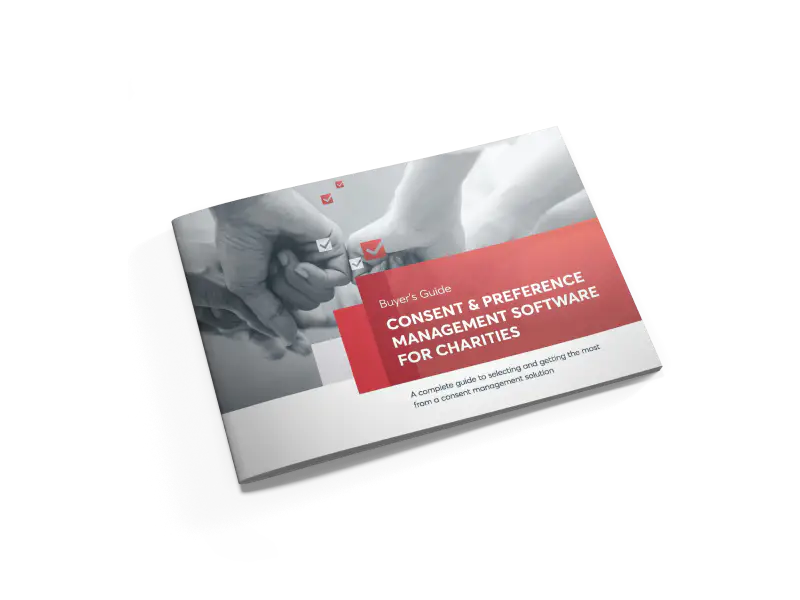Identity on the internet has always been tied to communication. In the early days, an email address was an individual’s entire presence on the web. People sought out the best domains for aliases, the more unique the better. An email address defined your individuality. A person was synonymous with how they could be contacted.
Accounts were the natural progression to this, and for a while this system worked well. As people’s use of the internet progressed, the limitations of representing identity with accounts started to become apparent.
An individual could easily and cheaply change their email address and effectively become an entirely new individual in the eyes of the web. Mass email providers emerged, Hotmail and Gmail accounts became commonplace, and identity needed to evolve.
Email did not have enough ‘gravity’. A mechanism was needed that people were reluctant to lose. Something individuals had cultivated and cherished. Social networks helped fill this void. People invested their time linking with friends and family, uploading pictures of their lives. Social networks had ‘gravity’.
This put the average internet user needing identity to evolve. Numerous accounts with different sites across the web and multiple social networks each servicing a specific niche was complex and hard to manage.
In this article
- Pre-ticked checkboxes and implied consent
- Surviving in a post-cookie world
- No more 'accept all'
- Improving the customer experience
Pre-ticked checkboxes and implied consent
Consent management is on a similar evolutionary trajectory. Like identity management, the digital industry is moving from an entrenched mechanism that is no longer good enough and has shown its limitations. Pre-ticked checkboxes and implied consent have been used as justification for data sharing, digital tracking and unwanted communications for years. This data enabled businesses to bombard customers with marketing engagements, analyse their every move and often sell more products. But all this activity was at the cost of the unknowing individual's privacy rights. This way of working is over. Data protection regulations that have been introduced on a global scale, have made this a thing of the past. Companies must now embrace data protection fully to remain competitive.
Right now, the focus is on consent for communication. Internet users will no doubt be familiar with cookie banners and privacy notice updates as companies adapt and change their processes to cater for new ways of working.
As with identity, consent management starts with our communication touch points. A lot of companies may feel their obligation stops here. But as was the case for identity management, the issue of consent management will continue to touch further areas of the business and require them to do more.
To manage all customers' consents, a consent and preference management tool can help you to capture consent and customer preferences compliantly. Here you can download a guide to selecting and getting the most from such a solution.
Surviving in a post-cookie world
To survive in this highly competitive, online world, organisations need to understand their customers better, offer truly personalised experiences and give controls to the individual, empowering them to make choices over their data.
However, it’s impossible for an organisation to capture ‘GDPR’ grade consent without causing significant consent fatigue and destroying consumer journeys.
Cookie tracking only touches the surface. Organisations relying on this alone will fall behind quickly and find themselves unable to communicate and truly understand their customer in the future.
With upcoming technological developments looking to remove third party cookies entirely from browsers, authenticated journeys will be used to replace and maintain the existing personalised experiences across the digital landscape. Centralised identities and social logins will play a key role, acting as both the central gatekeeper for data access and as identity manager. The third, and as yet unrealised, player in this landscape will be consent and preference management, to facilitate how data can be used and provide a secure repository. For the choices of an individual, which is linked to their identity
No more ‘accept-all’
Whereas identity is all about representing who an individual is, Consent and Preference Management will determine how they want to be communicated too, viewed and what they care about. In partnership, these functions will provide a more rounded picture of someone’s digital self. Helping to provide a richer experience without compromising privacy.
Granular, compliant consent is essential for businesses to rise to the challenges of tomorrow. Pre-ticked boxes inferred consent and bundling it within the terms and conditions just ain’t going to cut it anymore, and could land an organisation in hot water, both reputationally and financially (Amazon knows this only too well). And for a principled organisation who’s set on building trust with its consumers, transparency is key. Organisations are now more accountable when it comes to both using and protecting consumers' data. This means audit-able proof is needed to demonstrate compliance around the use of a consumer's data and the correct lawful basis has been applied. Using first-party data to push forward is key to surviving as a business and effort will be needed to make sure your business can do so.
To do it right requires a complete change of mindset – no more ACCEPT ALL buttons for a whole load of different purposes, because it’s not transparent enough.
Improving the customer experience
How can you ensure you can continue to use a consumer's data and use it for new purposes without causing consent fatigue and destroying the customer experience? Consent and preference management platforms help organisations react quickly to market demands by combining compliant collection and centralised management of consents with transparent usage of data.
One of the most powerful ways this can be applied is with social logins. Leveraging an already centralised identity, with centralised consent benefits both individuals and organisations. Individuals get an improved customer experience as consent and preferences for data usage can be stored with the consumer's identity, preventing individuals from constantly being bombarded with new requests for permissions. Plus, you can progressively build the volume of consent you have from a consumer by transparently explaining the value exchange in return for their consent. No dark patterns or burying a whole host of consent requests behind that big green button, saying ACCEPT ALL, helping an organisation earn trust with their consumers.
One of our clients generated 68% more consent by adopting the transparent, progressive approach and have benefited from increased trust. You can too, simply get in touch, and we can talk you though your options.








